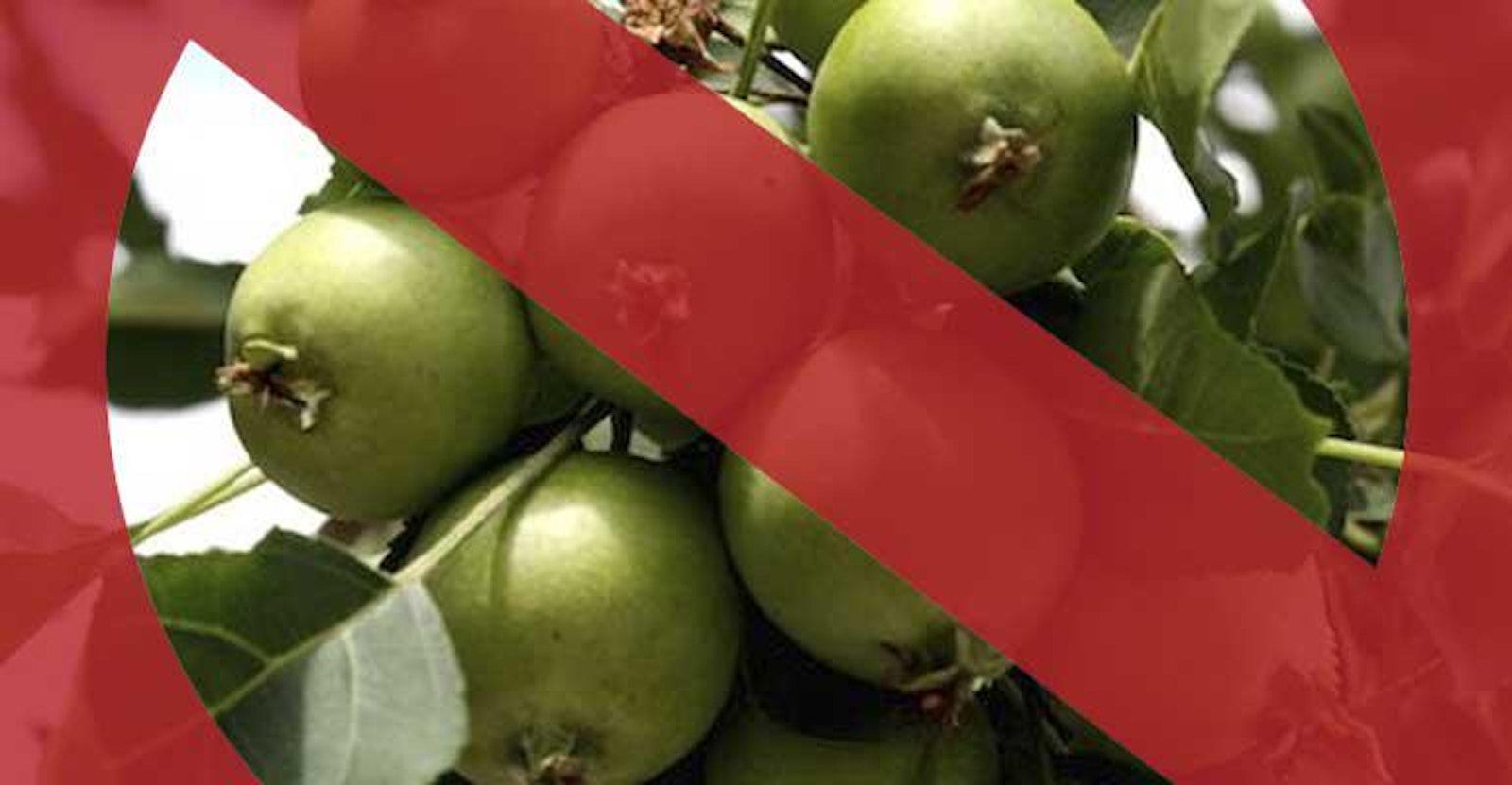In the coming weeks, we’ll highlight the major off flavors you might run across in your homebrewing. From green apples and butterscotch to adhesive bandages and skunks, we’ll give you the tips you need to reduce such unwanted unpleasantness. In this first article in the series, we take a look at acetaldehyde.
Acetaldehyde (CH3CHO) is a naturally occurring organic compound that is found in everything from ripe fruit to coffee. It is frequently described as having a tart flavor reminiscent of green apples, and the flavor of dry cider also comes to mind.
Brewers yeast produces acetaldehyde as an intermediate compound in the conversion of glucose to ethanol, so it’s found in every beer you make, at least during primary fermentation. However, in a healthy fermentation, the yeast fully converts the vast majority of this compound to alcohol so that any residual amount falls below the flavor threshold. If the fermentation is less than optimal, the conversion of acetaldehyde to alcohol may remain incomplete, and too much will remain in the final beer.
Acetaldehyde is also produced by the oxidation of ethanol (alcohol), such as may happen when exposing fermented homebrew to oxygen. It becomes even more problematic when aerobic bacteria get hold of it and metabolize this compound into acetic acid, which tastes of vinegar and is considered its own off flavor.
Certain yeast strains, such as American lager yeast (White Labs WLP840) produce more acetaldehyde than others, and indeed, a slight suggestion of green apple can be an appropriate component of light American lager styles. In most styles, however, perceptible green apple is considered a flaw. The best ways to avoid acetaldehyde in your homebrewing are to
- Maintain flawless sanitation practices.
- Pitch an appropriate amount of yeast.
- Fully oxygenate wort at pitching.
- Avoid racking beer off the yeast trub before fermentation is complete.
- Avoid introducing oxygen into your beer after fermentation.
Keeping young beer in contact with a healthy population of yeast encourages re-absorption of acetaldehyde and can go a long way toward reducing this unwanted compound. So stay patient, and wait a few days after reaching terminal gravity before you rack that beer to secondary.
Photo courtesy of photos-public-domain.com

